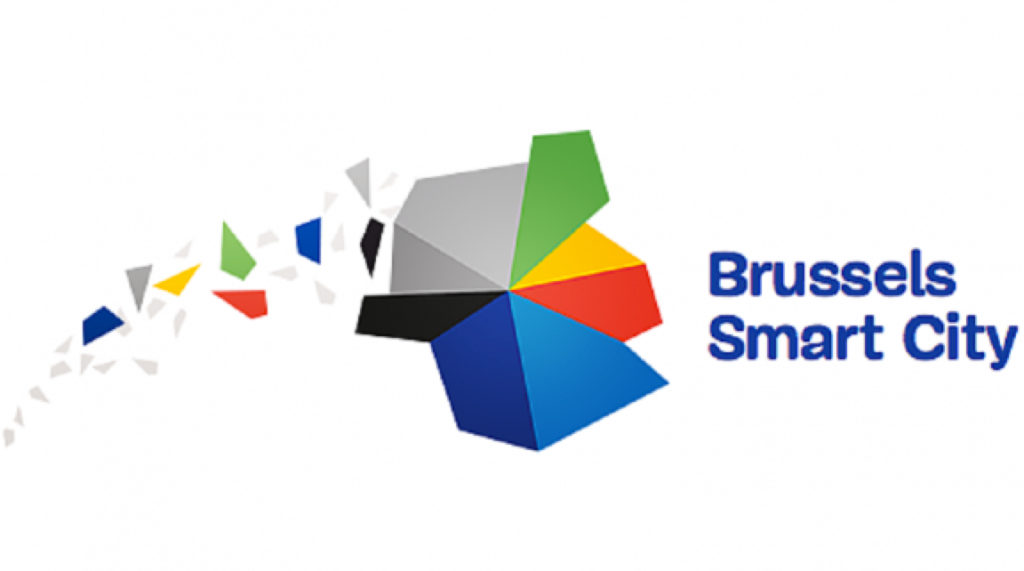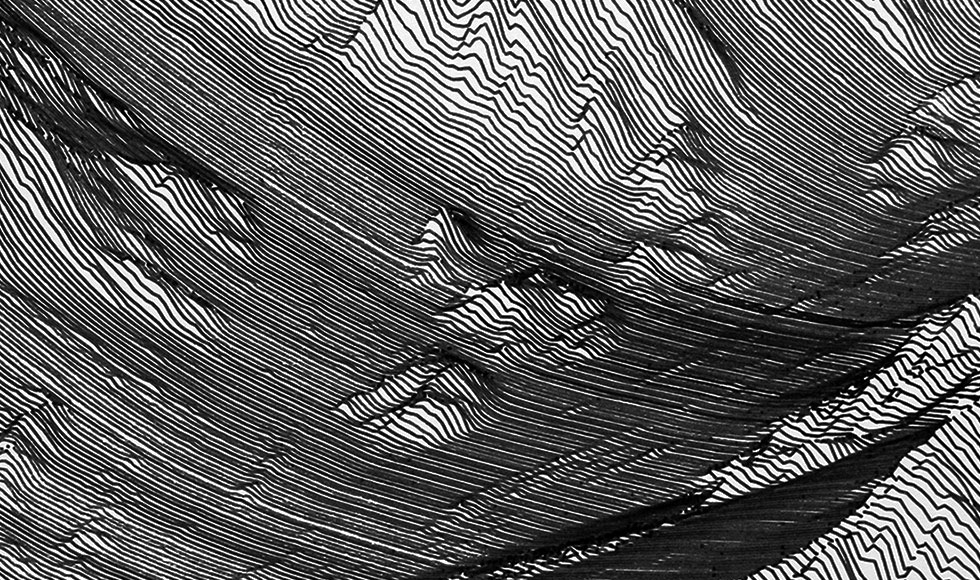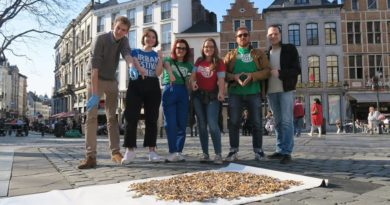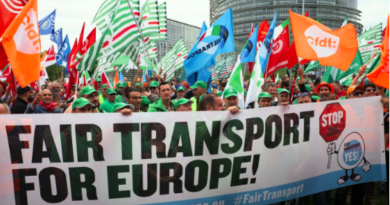Smart City Brussels: Culture and the Digital Dimension
Brussels is a city that embodies an incredible political, economic and technical relevance not just at a national level, as the capital of Belgium, but also at an international level, since it hosts organizations, agencies and companies active all around the world. It is a growing space that represents a new combination of an advancing and more fluid concept of citizens, paired up with a more dynamic approach to development and technology.
On the 13th of June Smart City Brussels hosted its third event, focusing on this new adaptation of the city and on the relation between people, technology, the digital world and sustainable development. The aim was to understand how to improve the quality of life of citizens, visitors and businesses by using the digital revolution. The speakers noted that the digital world and its resources are becoming more and more present and important in our everyday life; they are part of how we interact with people and businesses; they shape the way in which we perceive and understand the public space and how we interact with it. The digital sphere is not related anymore to a distant and old screen, kept on a desk and used every once and then: technology and internet connection follow us constantly, allowing us to be connected with everything and everyone every second. They even changed the way we see and interpret the world through art, fixing in this way new aesthetics and parameters.
 The event underlined that each continent, country or region has its own smart city, that may have a different definition and a different objective; nonetheless, they all share a common desire to provide sustainable development (providing housing, mobility and a good economy while reducing the environmental footprint) and inclusion (reducing the gap between social classes and improving the quality of life through education, health and safety). These two common goals could be achieved by reaching the modern and aware definition of “digital hub”. Brussels could benefit of the integration of new technologies in everyday life, developing digital communication infrastructures and its relation with the online reality. In fact, more and more people are present online and use digital means on a daily basis: their presence on online platforms and their desire of accessing more and more contents and tools is, by itself, boosting the development of the sector and its applications on the daily reality.
The event underlined that each continent, country or region has its own smart city, that may have a different definition and a different objective; nonetheless, they all share a common desire to provide sustainable development (providing housing, mobility and a good economy while reducing the environmental footprint) and inclusion (reducing the gap between social classes and improving the quality of life through education, health and safety). These two common goals could be achieved by reaching the modern and aware definition of “digital hub”. Brussels could benefit of the integration of new technologies in everyday life, developing digital communication infrastructures and its relation with the online reality. In fact, more and more people are present online and use digital means on a daily basis: their presence on online platforms and their desire of accessing more and more contents and tools is, by itself, boosting the development of the sector and its applications on the daily reality.
In the introduction Bianca Debaets, State Secretery of the Brussels-Capital-Region, affirmed that the 82% of expats in Brussels appreciate the cultural involvement in the city and that it was a crucial point in their decision to move here; she affirmed that culture is “comme le sel sur les pommes de terre”, remarking once again its importance in everyday life: it doesn’t just educate, but it also brings an extra element of inspiration to our existence. She concluded by stating the need of a smart city open to culture and to its enhancement.
After Ms Debaets, four more guests ( Pascal Keiser, Yves Bernard, Liesbeth Huybrechts and Alain Heureux) discussed the relevance of culture in Brussels, bringing examples of how that primary need has been combined with new materials, a revolutionary occupation of the public space, the application of several forms of modern art to the urban environment and a direct engagement with the population -especially young people. Younger people are more exposed to technologies and its constantly new applications to the real life; they move between the digital and the analogic dimensions in a more fluid way, combining them together and seen new possible turns. They are also the urban category that mostly needs stimuli, education and access to culture and they could greatly benefit from projects similar to those presented by the four guests. An example is the IMAL centre, presented by Yves Bernard: the space was created for young people and artists, to give them the possibility of expressing their ideas and getting in touch with new ones. They promoted several projects connecting the city, the digital space and culture: the aim was “taking back” parts of the public space, substituting -for example- commercial ads with videos and works of art, accessible through smartphones.

The event also proposed expositions on the means and tools of the future -such as 3D printers and virtual reality glasses-, and workshops on the application of the “smart city” concept, linking it with creativity and digital means. The workshop on “Outils numériques et pratiques. Quatre artistes échangent sur le role et l’influence des outils digitaux dans le processus créatif” explored the concept of “numerical art”. The artists described how the modern aesthetical and artistical parameters have detached themselves from traditional art: their creations involve technology, coding, digital tools that free art from definitions and schemes. It is a process that connects a big part of modern life and reality to art, involving new materials and new processes of creation. But will these representations, ideas, visions and pieces of statement survive to time? Will they communicate and transmit anything to future visitors and art-lovers? Or will they just reflect an empty historical era in which the whole point was producing and reproducing an intangible reality, a dimension that didn’t exist, for the sake of claiming a space in it?



